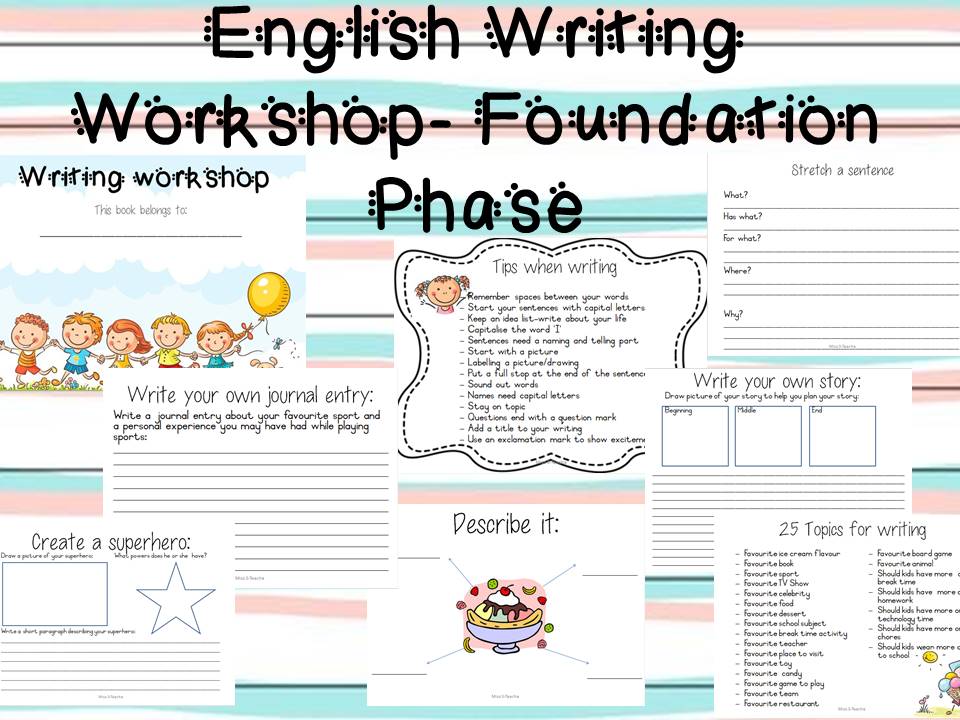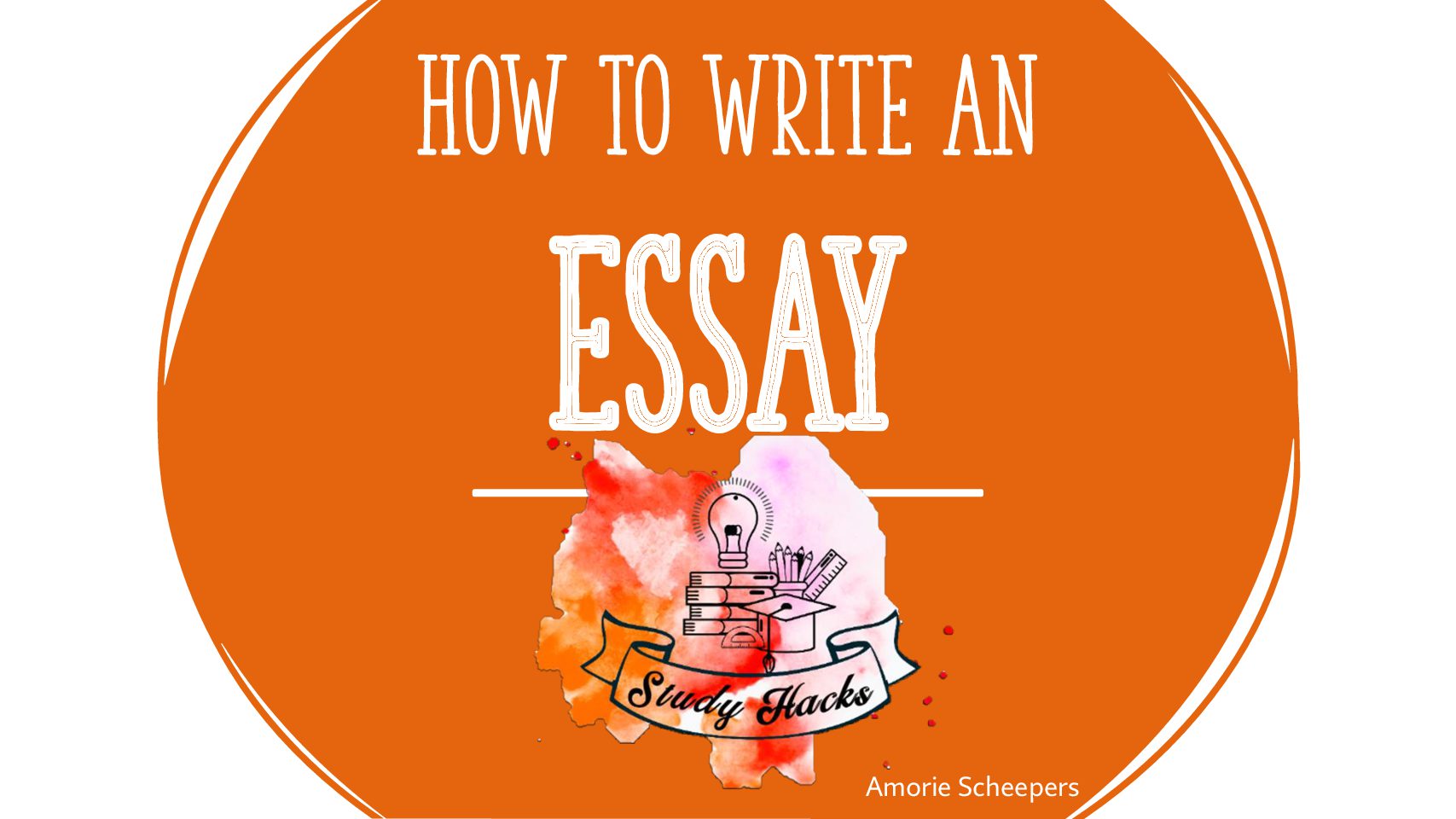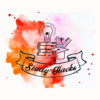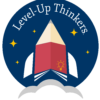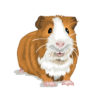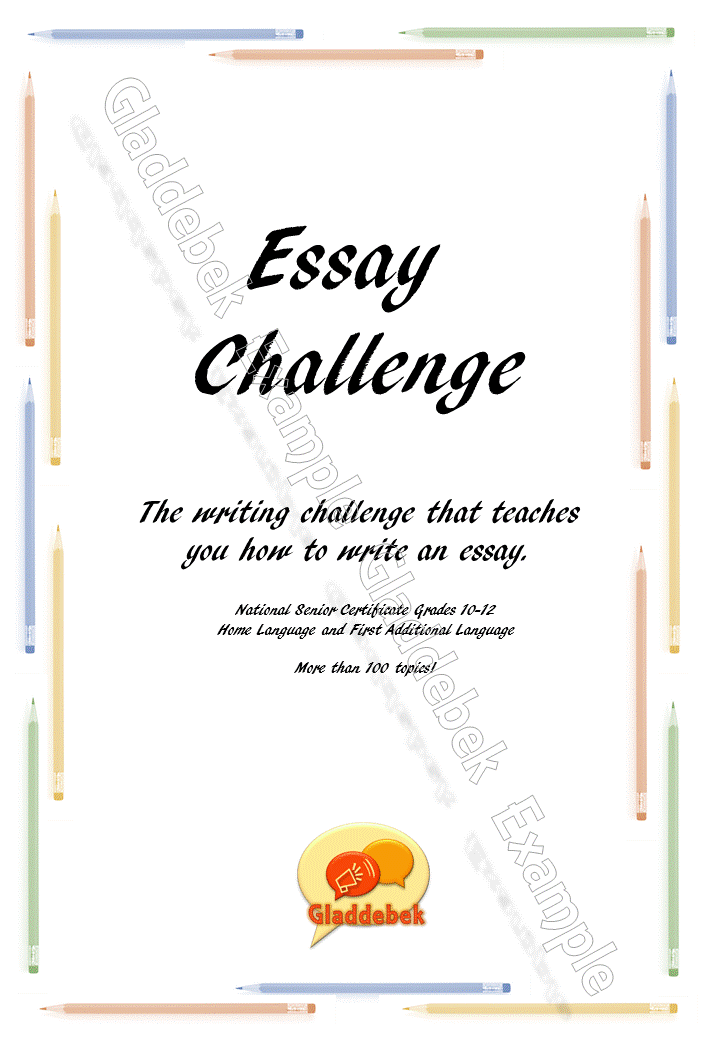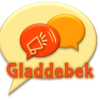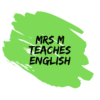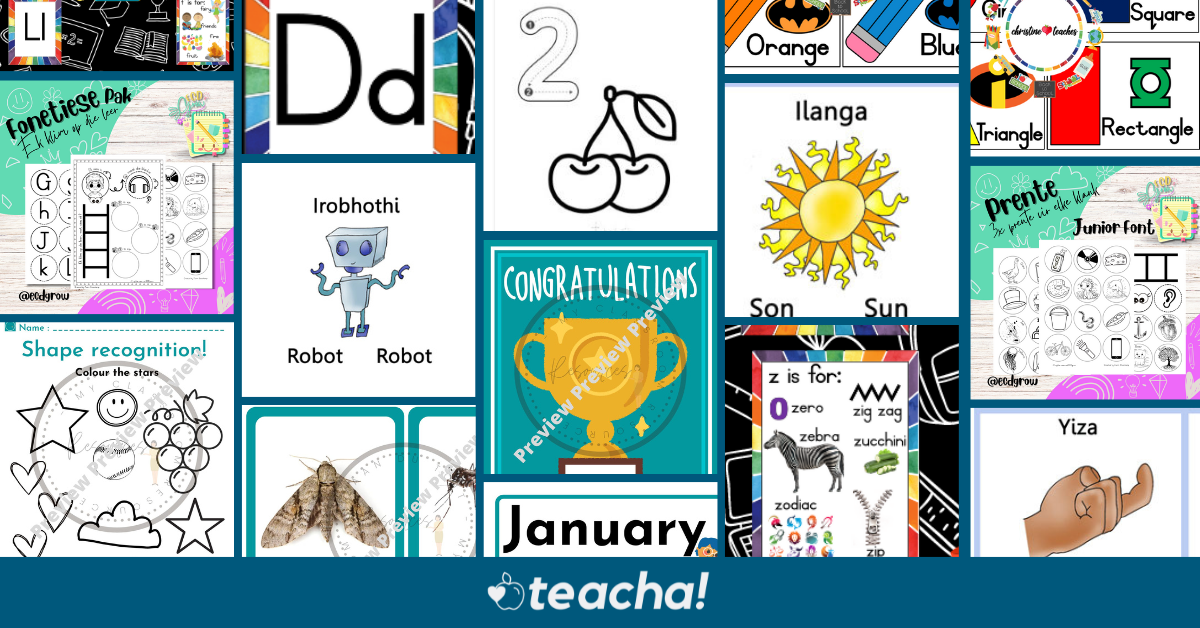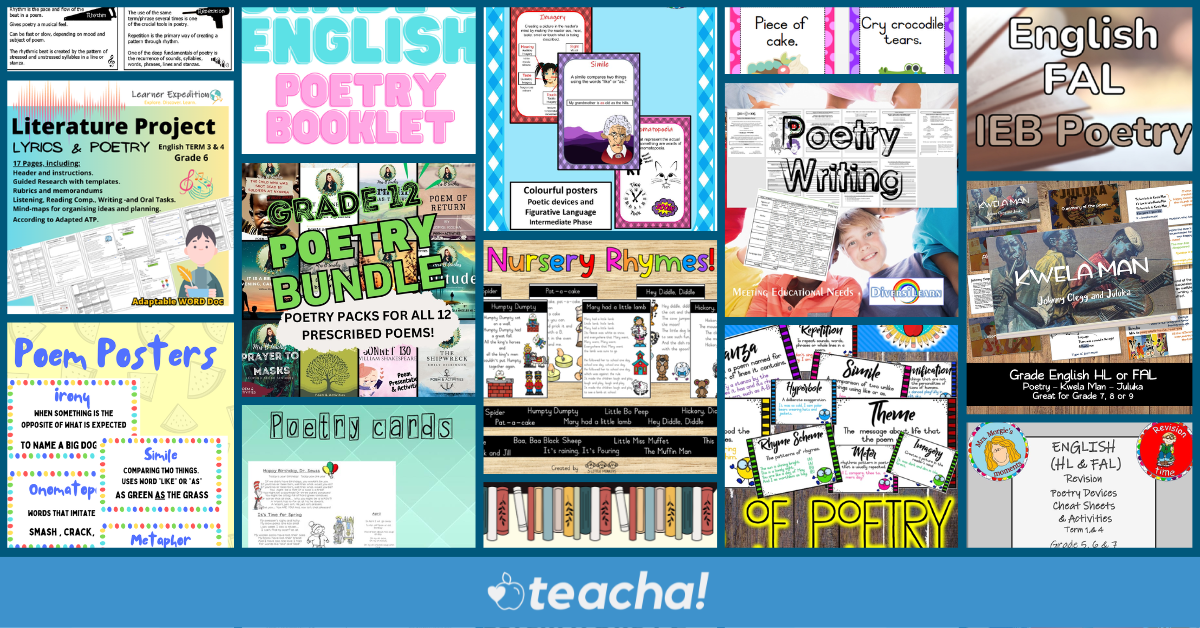Creative writing resources
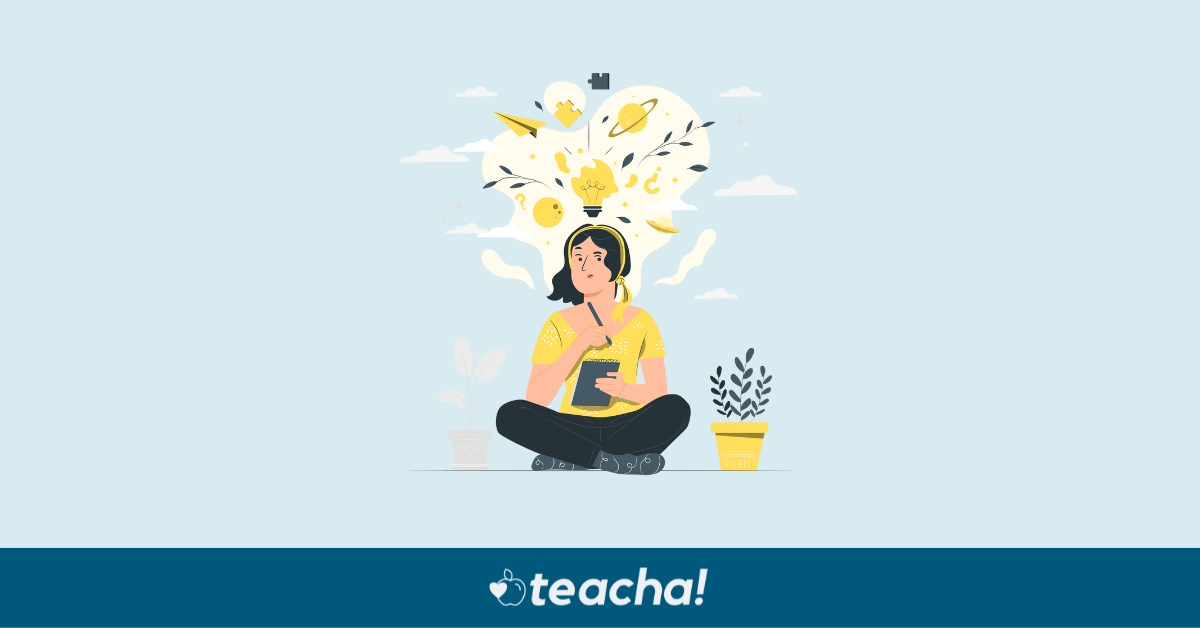
Creative writing is not only fun, it also holds many benefits for your learners. It broadens their imagination and increases cognitive thinking. They might not initially agree with the ‘fun’ part, but they will soon discover how much more satisfaction they reap from writing than just vegetating in front of the TV.
We have a whole heap of excellent resources to help you. Take a look and find the ones that best suit your learners.
Foundation phase
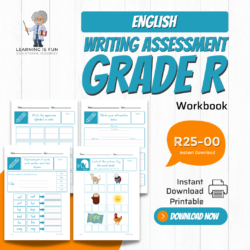
English | Grade R | Writing Assessment
Description
WHAT IS INCLUDED: - [ ] Segmenting Worksheet Students work on segmenting and spelling with this assessment worksheet. - [ ] Uppercase Alphabet Students use this assessment sheet to write the uppercase letters in alphabetical order. - [ ] Lowercase Alphabet Students use this assessment sheet to write the lowercase letters in alphabetical order. - [ ] My Information This is a simple worksheet for students to show they know their full name, phone number, and address. - [ ] Write A Sentence Students can show their writing ability by writing a sentence with the words provided. - [ ] Rhyming Words Students show their understanding of word families and rhyming words by finding the pattern. - [ ] Family Writing Project This is a simple creative writing assessment to view your student’s ability to draw and write on the topic. – Download – Print (A3/A4) – Laminate – Cut-Out This product is for personal use only. NOT to be shared with others. *** similar products available in my store on the Teacha Shop, under jeanny-designs Learning is FUN! Jeanny Designs Jeanny Designs Jeanny Designs Jeanny Designs
Intermediate phase

How to write a descriptive essay
Description
This PowerPoint is designed to help primary school learners (grade 4-7) with the writing process. The aim of this product is to guide, consolidate and enhance learners descriptive writing. In the 22 slides you will find a step-by-step guide of the complete writing process including information on the following: - Notes on the planning process: mind mapping and drafting - Example of a mind map and an edited draft - A step-by-step guide to writing a good descriptive paragraph - A list of common bad habits used in writing and how to correct them - Editable lists of commonly misspelled words and grammar errors - An editing checklist - Example of a final draft (4 paragraphs) It is no secret that the writing process has taken a whack this year, largely due to the lack of in-person teaching and hybrid learning. This PowerPoint was made in hopes of mending the gap in the writing process that has been created by the pandemic. It provides learners with a complete visual of how their work should be laid out and structured and there are loads of examples to help learners get a well-rounded idea of the writing process.
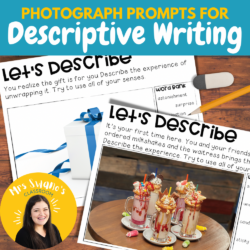
20 Digital and Printable Descriptive Writing Prompts
Description
Get your learners' creative juices flowing with these digital and printable image-based writing prompts. For learners who struggle with descriptive language, there is a word bank option included to give them some hints. There is also a version where learners can brainstorm their own word bank or use the large image version displayed in your classroom to brainstorm together as a class. There are multiple options to choose from: 1. Print the standard PDF with lines included where learners write their own paragraph and optional space for learner word banks. 2. Display the large image version using your classroom projector and get learners to write their paragraphs in their notebooks. 3. Assign the Google Slides in Google Classroom and let learners complete their paragraphs digitally. 4. Share the images with the learners to choose their favourite prompt on their device and then write their paragraphs in their notebooks or on notepaper.

How to write a narrative essay
Description
This PowerPoint is designed to help primary school learners (grade 4-9) with the writing process. The aim of this product is to guide, consolidate and enhance learners narrative writing. In the 16 slides you will find a step-by-step guide of the complete writing process including information on the following: - Identifying and summarising story parts - Recommended Youtube link to a story with a class activity on story parts (memo included) - Notes on the planning process: mind mapping and drafting - Examples of sentence starters to use in narrative writing - Example of a mind map and a section of an edited draft - An editing checklist It is no secret that the writing process has taken a whack this year, largely due to the lack of in-person teaching and hybrid learning. This PowerPoint was made in hopes of mending the gap in the writing process that has been created by the pandemic. It provides learners with a complete visual of how their work should be laid out and structured and there are loads of examples to help learners get a well-rounded idea of the writing process.
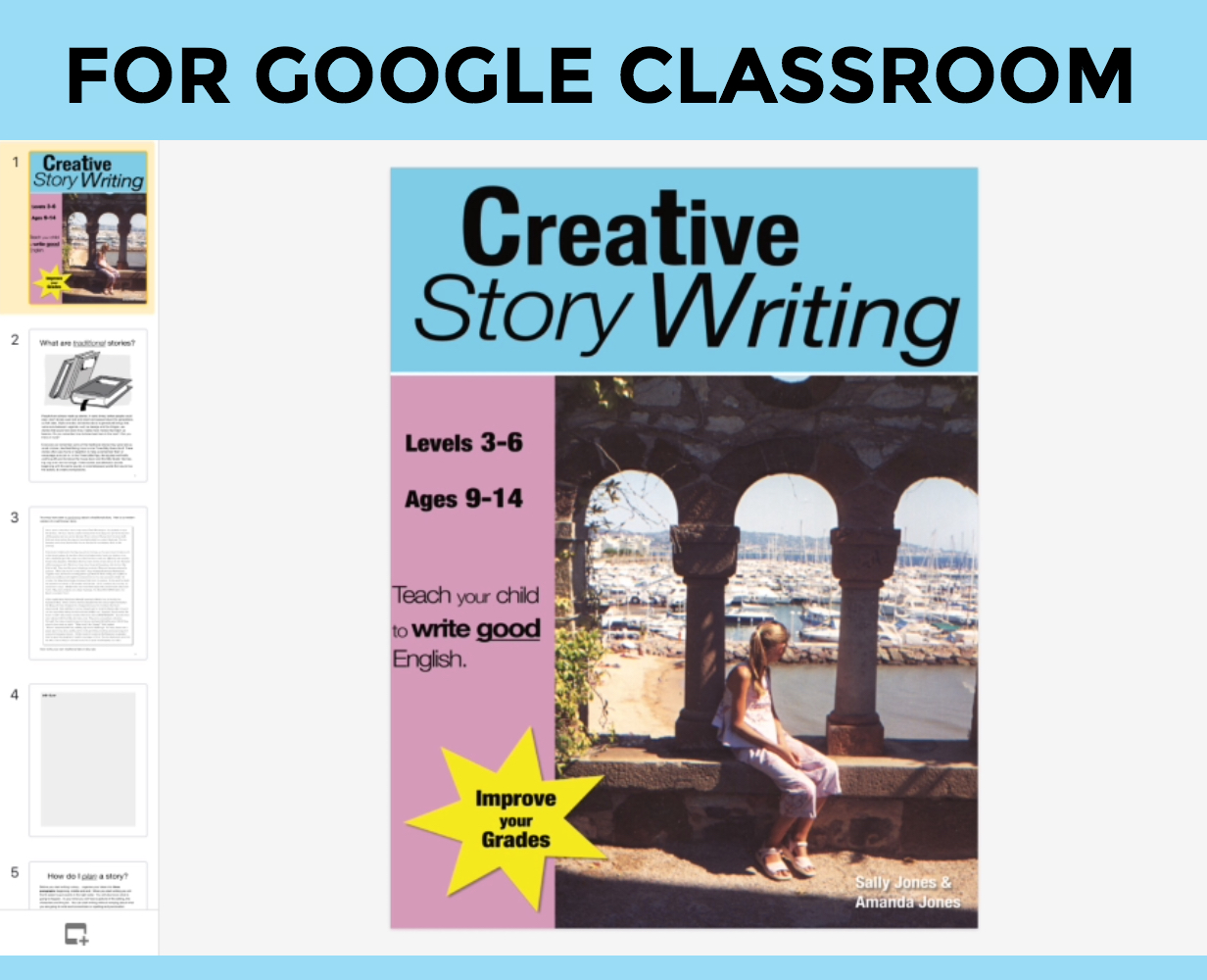
Creative Story Writing COMPLETE UNIT to use with GOOGLE CLASSROOM (9-14 years)
Description
This DIGITAL resource contains a link to make a copy of the resource directly into your Google Drive. It is fully editable and can be shared with your students via Google Classroom. The resource consists of 150 editable slides and at least 6 months of work. Creative Story Writing is the essential guide for all students wanting to develop their literacy skills and improve their grades in English assignments and examinations. This resource will guide students through the story writing process. This resource is designed to help the students with thinking up ideas, providing starting points for writing, structuring and organising their writing into paragraphs. It features writing a good introduction with characters, setting and plot, building up suspense and winding up the plot with a suitable resolution. Attention is given to making writing more interesting by varying sentence types, using punctuation and good grammar. The students will investigate different narrative structures for writing stories, exploring various viewpoints so they can decide if they write in first or third person. They will learn to evoke mood and atmosphere by using good vocabulary. Creative Story Writing includes an exciting range of model answers and sample texts written by children and provides many practice questions to test them. Common errors made by students are highlighted and corrected. It is packed with vital hints and tips on gaining those top grades. Creative Story Writing has been written by an experienced teacher and tutor and written with the needs of children in mind. This book concentrates specifically and in depth on Creative Writing, providing everything needed to stimulate a child to write imaginatively. It is specifically targeted at children aged 9-14 years. Please note: preview shows pages taken from the pdf version.
Senior phase
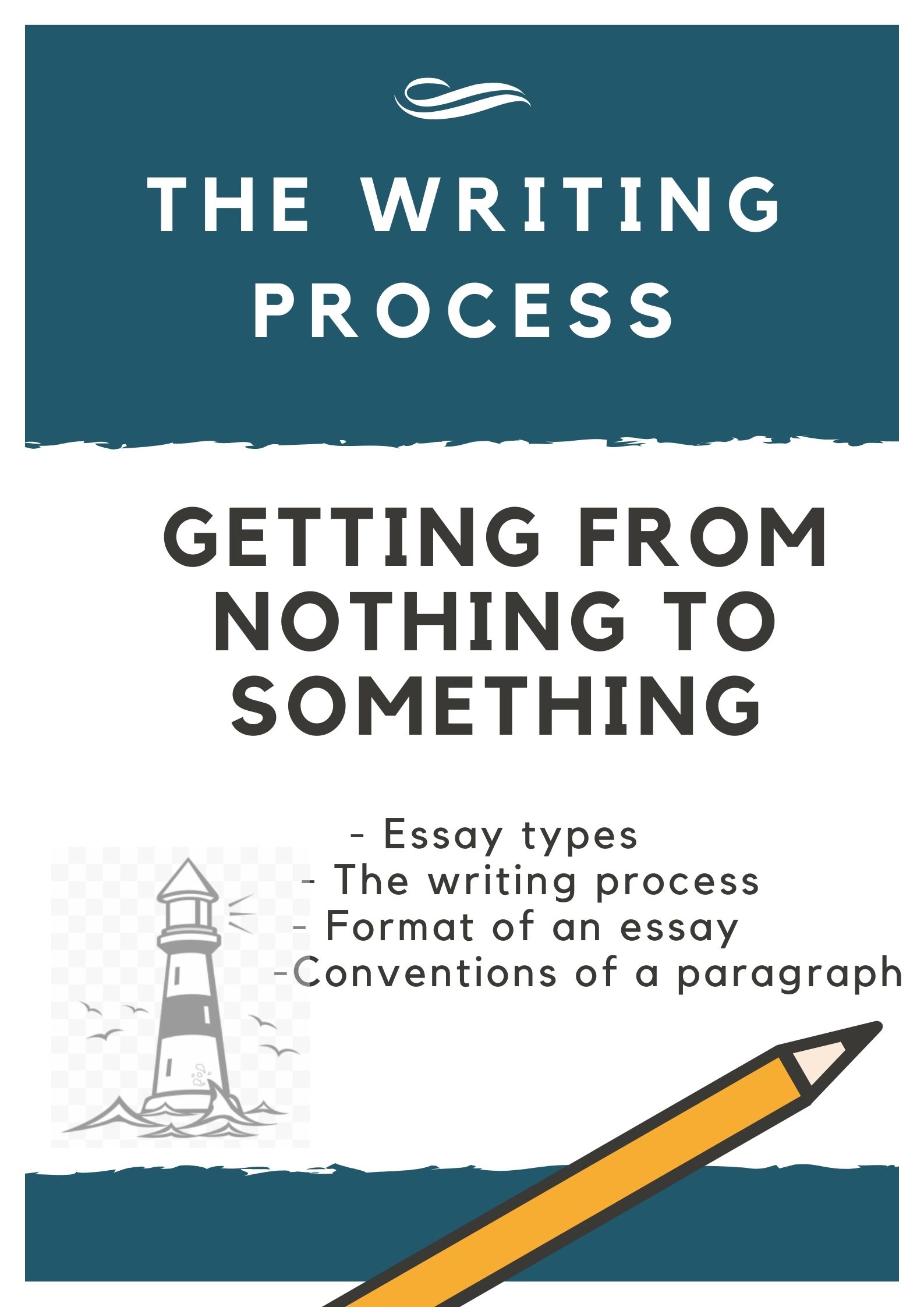
The writing process
Description
This is an effective 33 slide PowerPoint lesson about the writing process. It has been designed to ensure that learners learn how to incorporate the writing process successfully to produce an excellent piece of writing. This lesson contains: a) Lesson objective. b) The different main essay types. c) The writing process and how to make use of it successfully. d) The format of an essay. c) The conventions of a paragraph. My students really enjoyed this PowerPoint lesson because it was clear, concise and captured their attention. I hope that you and your learners will have just as much fun and success with this lesson as my learners and I had.
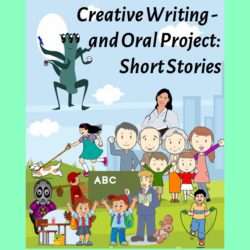
Creative Writing and Oral Presentation: Short Stories (Revised)
Description
The whole creative writing project for terms 3 and 4 according to RATP 2021 – 2023. Teacher’s Planning, Front page for Learner’s reading lessons, and a vocabulary page. Complete task with research statement and hypothesis. Learners' project include: research activity, creative writing guidelines and instructions, PowerPoint presentation example and guidelines, memorandum frame work, rubrics and excel spreadsheets to record and convert marks. (Word, PowerPoint and Excel documents - completely editable.)
FET
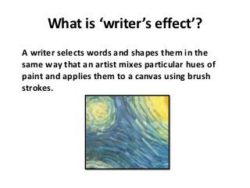
Writer's Effect IGCSE
Description
A simple Power-Point Presentation guide for Writer's effect IGCSE. Contains step-by-step guide; prompting phrases and paragraphs to guide the learners on how to identify the words/phrases; get the meaning of the text and explain the writer's effect of the words/phrases selected. It contains examples and exercises.
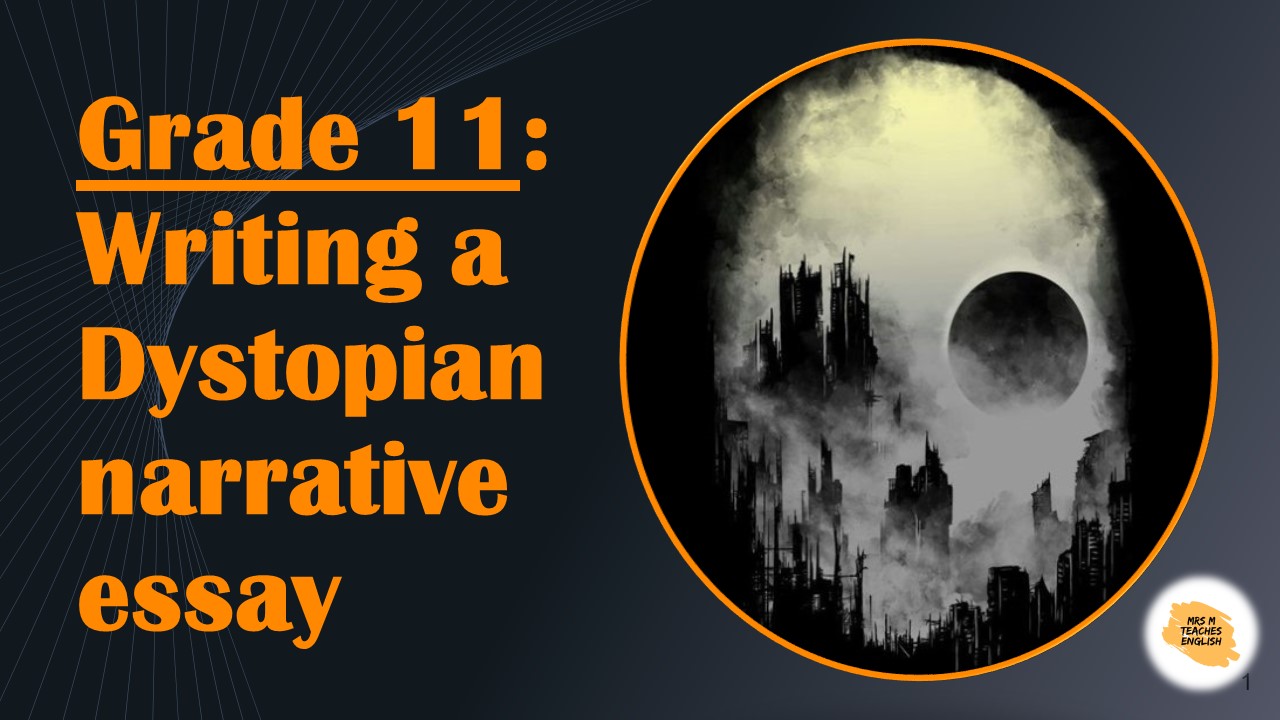
Extended writing - Dystopian narrative essay
Description
A guided approach to writing a narrative essay, using a Dystopian setting. Includes planning advice, topic choices, editing options and a rubric. This is suited to the IEB's 'extended writing' tasks, as required for the learner portfolios - as indicated in the SAGs document.



 KES(KSh)
KES(KSh) USD($)
USD($) GBP(£)
GBP(£) GHS(₵)
GHS(₵) NGN(₦)
NGN(₦) MUR(₨)
MUR(₨) BWP(P)
BWP(P) AUD($)
AUD($) TZS(Sh)
TZS(Sh) INR(₹)
INR(₹) PHP(₱)
PHP(₱) AED(د.إ)
AED(د.إ)
